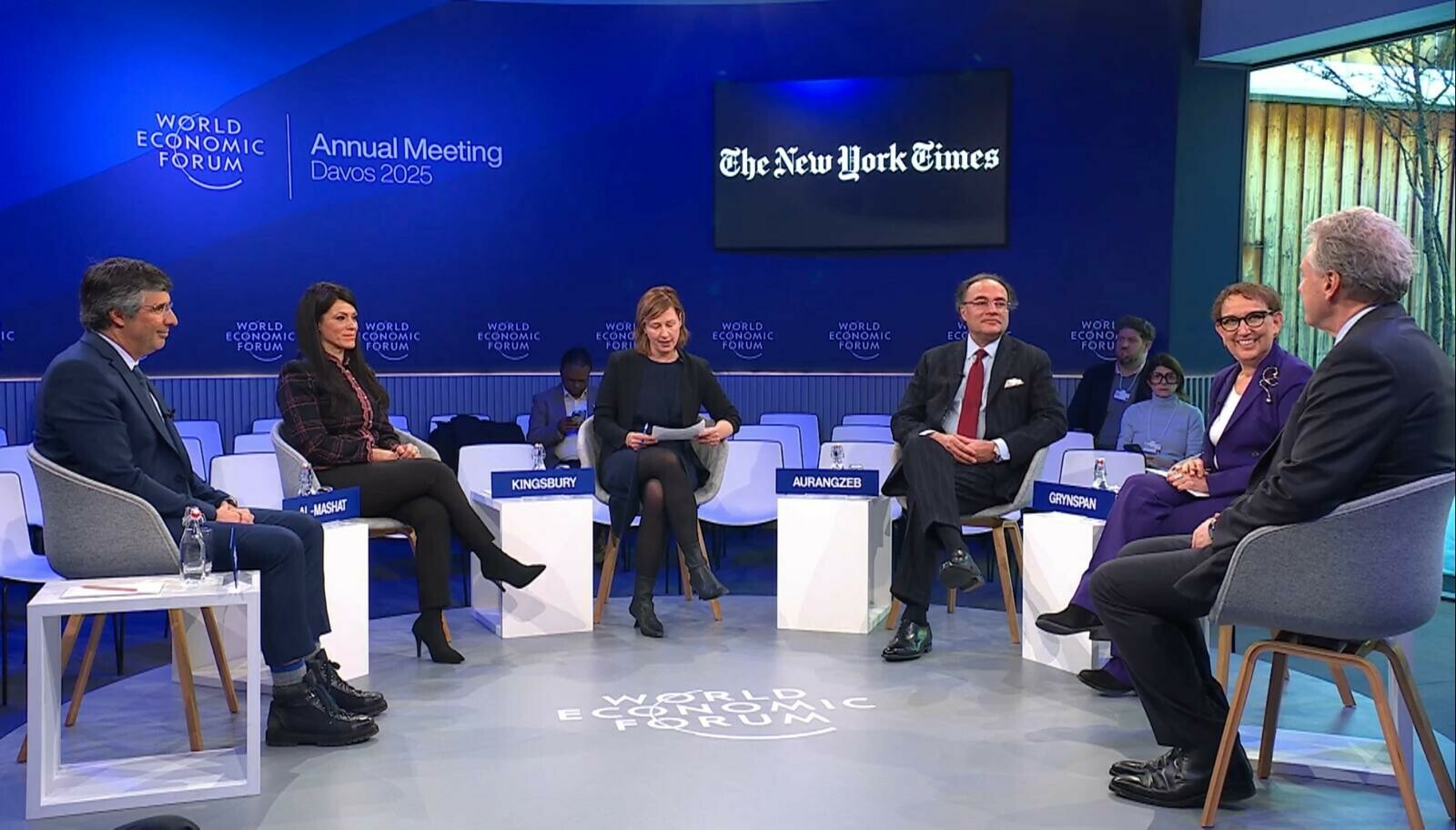Aurangzeb identified current account and fiscal deficits as Pakistan’s most pressing challenges. Historically, these twin deficits have constrained the country’s economic growth.
To address this, the government has embarked on structural reforms aimed at creating a sustainable fiscal environment.
According to the finance minister, Pakistan’s tax-to-GDP ratio, which had been stagnating at 9-10%, is now on track to reach 13.5%.
This progress reflects strategic efforts to broaden the tax base and enhance revenue collection mechanisms.
Pakistan’s debt-to-GDP ratio has shown a significant improvement, declining from 78% to 67%. While acknowledging that challenges remain, Aurangzeb emphasized that the reduction in debt servicing costs and prudent fiscal management are helping steer the economy in the right direction.
He remarked, “Borrowing in itself is not problematic; it is the utilization of these funds that determines success.”
Aurangzeb highlighted the importance of using loans for productivity and export enhancement rather than subsidizing routine expenses.
The Road to Sustainable Growth
Economic growth in Pakistan has historically been volatile, often hampered by balance of payment crises triggered by foreign exchange shortages.
Aurangzeb observed that the economy’s import-led nature leads to instability whenever GDP growth exceeds 4%, necessitating external financial assistance.
The government’s focus, therefore, is to achieve sustainable, export-led growth by fundamentally restructuring the economy. “We need to shift the DNA of the economy towards exports,” the finance minister reiterated, emphasizing the need to reduce dependency on imports.
A major component of Pakistan’s economic strategy is the China-Pakistan Economic Corridor (CPEC).
During the discussion, Aurangzeb outlined the objectives of CPEC Phase II, which transitions from government-to-government (G2G) collaboration to business-to-business (B2B) partnerships.
The government is actively working to attract Chinese companies to relocate their manufacturing units to Pakistan, leveraging local resources to produce export-oriented goods.
This approach is expected to enhance Pakistan’s industrial base and contribute to long-term economic stability.
Aurangzeb highlighted that CPEC Phase II is not just about infrastructure development but also about creating industrial zones and fostering technology transfer.
By integrating these zones with global value chains, Pakistan aims to boost exports and create employment opportunities for its growing workforce.
Diversifying Capital Markets and Enhancing Credit Access
In a bid to improve its financial resilience, Pakistan is taking steps to diversify its capital markets.
Aurangzeb noted the country’s efforts to learn from successful models, such as Egypt’s, to expand market access and attract foreign investment.
Key initiatives include the planned issuance of an inaugural Panda bond, aimed at accessing China’s extensive capital markets.
By doing so, Pakistan seeks to bolster foreign exchange reserves and stabilize its financial outlook.
Aurangzeb’s nuanced perspective acknowledges the value of global opportunities for Pakistani professionals while stressing the importance of creating a conducive ecosystem for local employment.


